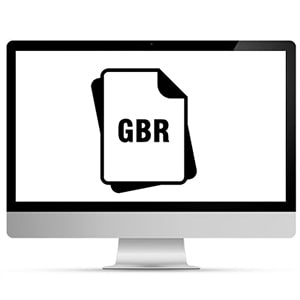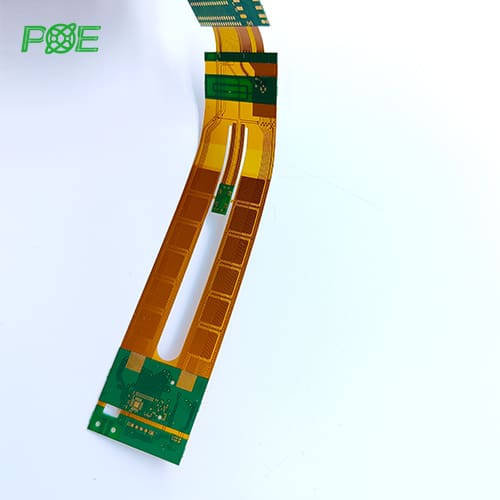
*If you need bare PCB manufacturing + component assembly, then you need to provide gerber file and BOM.
A: Your files are held in complete safety and security. We protect the intellectual property for our customers in the whole process. All documents from customers are never shared with any third parties. We are willing to sign NDA effect by customer side local law and promising to keep customers data in high confidential level.
A: Yes.
A: Yes, we are open and transparent on each production process. We Welcome you visit our factory to inspect our production process.
A: Yes, for any quality problems will take our responsibility to solve it for you any time.
A: T/T, L/C, Western Union, Paypal, Ali Pay, Credit Card.
A: 99% on-time delivery time. PCB samples are usually 5-10 days, mass production is 10-15 days, if you need to expedite, it can be shortened to 1-7 days. For some special cases, we can also notify customers in advance to avoid any accidents or losses on the customer side.
One supplier. Multiple capabilities.
— POE PCB/PCBA Manufacturer (@poe_pcba) April 8, 2025
From multilayer boards to rigid-flex PCBs, from standard SMT to complex component assembly—POE delivers reliable manufacturing for every layer of innovation.
Diverse PCB/PCBA types
ISO-certified quality control#POE #PCBA pic.twitter.com/4H7cSuedzw

Since 1996, POE has become a globally renowned PCB company, providing small to medium volume PCB/ PCBA manufacturing services.






















